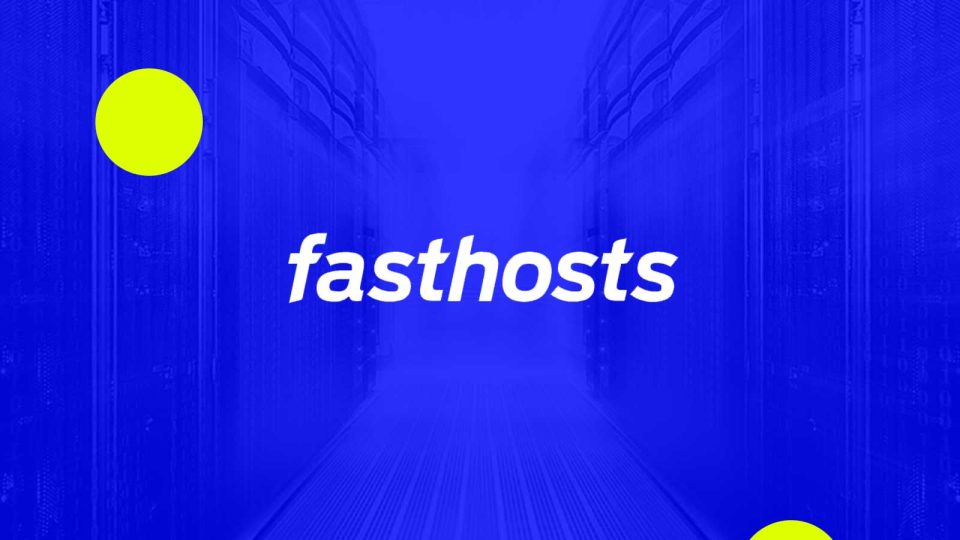In a world where online presence is everything, organisations of all sizes are dependable on IT services. However, when it comes to switching providers, even well-established businesses are often surprisingly hesitant.
The culprit? The fear of downtime. After all issues such as system outages can lead to lost revenue, frustrated customers and a tarnished reputation – consequences that make even the most performance-hungry businesses think twice.
Also Read: The Data Dilemma in the Era of AI
However, clinging to the familiar is no way forward. Businesses shouldn’t be deterred from exploring better IT options because they are nervous of the unknown. The answer lies in striking a balance between minimising downtime risk and venturing towards pastures new. But, where to begin?
Making the switch
For businesses looking to address the risks posed by downtime, there are four essential steps that must be combined to form a robust provider migration plan.
First of all, carrying out a risk assessment and comprehensive auditis crucial. Businesses can unveil potential hazards that exist or may arise during the transition with this assessment, as well as the consequence these risks can have on operations.
An extensive inventory makes sure that a business has noted all the essential components that need to be transferred in the move. However, instead of suncream this process documents systems such as email databases.
Following this, businesses must embed a contingency response into their migration plan. This acts as a safety net against issues such as data breaches, human error and network outages that may cause unexpected downtime. For many businesses, this means having a backup system in place.
This backup protects a business from losing critical data and allows them to revert to an earlier version of their system if something goes wrong. In other words, this rollback capability means businesses can easily “rewind” their system to a point before the problem occurs.
Also Read: Top Misconceptions Around Data Operations and Breaking Down the Role of a VP of Data Ops
Next, the plan must factor in what businesses will do during the migration. This means planning maintenance breaks to check the security and performance at convenient times.
By scheduling these breaks, businesses can minimise overall disruption to their operations and customers. For example, an e-commerce business may plan employee training for its new cloud system in line with off peak customer shopping hours.
Last but not least, a successful migration plan includes testing and monitoring. The testing needs to take place before and after the migration, with underlying monitoring throughout. Similarly to a risk assessment, this testing can identify issues with the new environment that may lead to downtime if left unaddressed.
After the migration, an evaluation can reveal any teething issues and provide a chance to review the move. Monitoring will inform this evaluation and alert businesses to changes in the health of their infrastructure, so they can be swiftly addressed once spotted.
Decisions, decisions, decisions: how to know when migration is right
Making a switch is not always an easy decision. So, how can a business be sure it’s doing the right thing? There are four boxes that a business should look for its IT infrastructure provider to tick before contemplating a move.
Firstly, is the provider there when needed? Reliable round the clock customer support is crucial for addressing any issues that arise before, during and after a switch. For businesses with small IT departments or limited resources, this external support offers reliable infrastructure management without needing an extensive in-house team.
Next, does the provider offer high uptime guarantees and Service Level Agreements (SLAs) outlining compensation for downtime. By prioritising service providers with Uptime Institute’s tier 4 classification[i], businesses are opting for a partner that’s certified as fully fault-tolerant, highly resilient and guaranteeing an uptime of 99.9%. This protects the business’ crucial IT systems, keeping them operational despite disruptive activity such as a cyberattack, failing components or unexpected outages.
Besides this, it’s important that a provider has robust security measures in place to protect a business’ IT environment and customer data. This should include patch management[ii], which consists of finding security issues and remedying them. Regularly managed patching can help to resolve software bugs, boost system stability and performance.
Finally, can the provider accommodate potential growth? Any business set on scaling needs to make sure its IT service provider can expand with it. This means supporting growth in traffic and data storage needs. Partnering with a provider that understands the business’s growth plans helps the IT infrastructure scale efficiently and reliably, matching the company’s objectives.
Also Read: Leveraging AI and Machine Learning for DataSecOps
And as a business grows, so too does its vulnerability to security risks and regulatory requirements. Therefore, a diligent IT provider can guide a business in adapting to these changes, keeping their IT infrastructure secure and compliant.
Feeling the fear and doing it anyway
Trustworthy IT services are a non-negotiable yet fear of downtime holds businesses back. So, instead they sit in limbo, afraid of losing revenue or aggravating customers, even though they see the potential benefits of exploring new IT options.
However, businesses can’t be ruled by this fear. They need to establish a balance between minimising the potential risks with exploring new possibilities. By creating a thorough migration plan and vetting providers extensively, businesses can make the switch safely and unlock their performance potential.
[To share your insights with us as part of editorial or sponsored content, please write to psen@itechseries.com]


